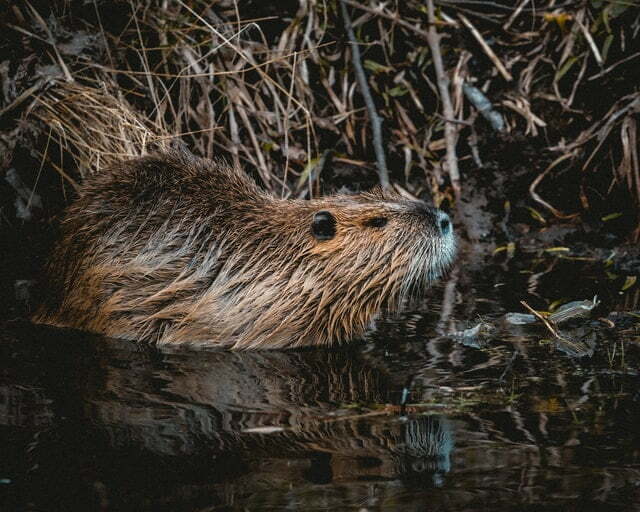
March 3rd is World Wildlife Day, which marks the importance of plants and animals and their contribution to our wellbeing. This years theme is on reversing the global loss of species and habitats. In the last half century, global wildlife populations have declined by two-thirds and much of this decline is directly linked to human activity…This loss is both sad and scary, but there is hope and it’s more vital than ever that children and young people engage with the natural world around them! The first step in fighting extinction is to learn to tune in and notice the wildlife on your doorstep. This enriches not only your own world, but is vital in standing up for nature.
exciting signs of recovery and flourishing – if you know where to look…

Giving a dam about Beavers
Beavers went extinct in the UK over 400 years ago after being hunted for their fur and meat. As the original natural architects, they reshape the landscape by building dams that create new wetland habitats for other species. The dams can also slow river flow, making flooding less likely for downstream towns and cities and create carbon sinks that help tackle climate change. After a lengthy absence, beaver are being reintroduced in the UK, with populations appearing from Devon to Scotland. Someday soon you may spot one on a river near you!

Red Kites in flight
In 1990, thirteen Red kites had to be flown in from Spain (British Airways!) as there were only a couple of pairs left. This magnificent species had almost been made extinct due to centuries of them being targeted as vermin. The birds were reintroduced to the Chilterns and they spread along the M40, taking advantage of the roadkill. There are now over 10,000 Red kites in Britain. Next time you’re on the long motorway journey, pass the time by seeing how many you can spot!

The Urban jungle
Foxes can be City dwellers too, and they may turn up in unexpected places! Foxes mate once a year, in either January or February, after which the vixen (female) will build a den in which to hide away. About 8 weeks later, she’ll give birth to up to five cubs that will be blind to begin with, before they start venturing out of the den in mid spring hunting insects and worms. That means you should keep a look out and see if you can spot them. Be on the lookout for dens and see if you can tell the difference between the paw prints of foxes and their relative, dogs!

Win a Wild kids ranger kit & delicious goodies from pulsin!
The first step in protecting nature is to learn to pay attention and notice the wildlife around us and on our doorsteps. That’s why to celebrate World Wildlife Day we’re giving you the chance to Wild Kids Ranger adventure kit, containing a brilliant pair of Bushnell binoculars to help you on your wildlife spotting adventures.


